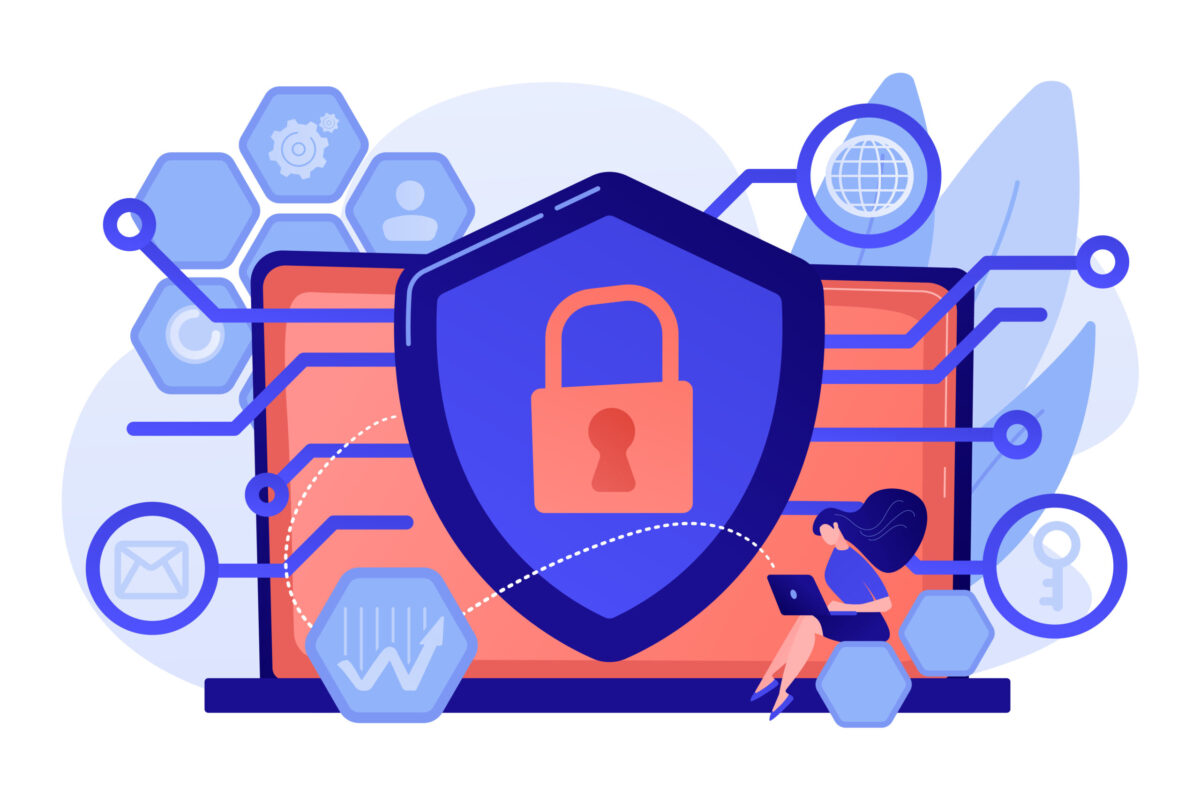Mind Spark
A blog aimed at exploring the intersection of where business and technology meet.
Creating a Cybersecurity Framework: Practical Guidance for Small to Mid-sized Businesses

In today’s digital age, cybersecurity is no longer a luxury but a necessity for businesses of all sizes. For small to mid-sized businesses (SMBs), the challenge doesn’t solely lie in the constraints of a tight budget but also in finding practical, manageable steps to build a comprehensive cybersecurity framework. In this blog post, I’d like to explore how you can approach creating a cybersecurity framework that aligns with your organization’s risk tolerance and operational realities.
Assessing Your Organization’s Risk Tolerance
Initiating your cybersecurity journey begins with a clear understanding of your organization’s risk tolerance. This involves identifying your most critical assets, understanding the various threats to those assets, and determining how much risk is acceptable to your business operations. By focusing on your specific business context, you can prioritize your cybersecurity initiatives effectively, ensuring you protect what matters most.
Practical Steps to Building a Cybersecurity Framework
- Perform a Risk Assessment
Start with a risk assessment to pinpoint your vulnerabilities. This doesn’t require expensive tools; it’s about understanding where your business could be exposed to cyber threats. Utilize frameworks like the National Institute of Standards and Technology’s (NIST) Cybersecurity Framework as a guide to methodically evaluate your risks.
- Prioritize Basic Cybersecurity Measures
Even without a lavish budget, fundamental cybersecurity practices can significantly bolster your defense. Key measures include:
-
- Routine Software Updates: Keeping software up-to-date is a simple yet effective defense against many vulnerabilities.
- Strong Passwords and Multi-factor Authentication (MFA): Implement policies that promote complex passwords and, where feasible, use MFA to add an extra layer of security.
- Cybersecurity Awareness Training: Regularly educate your employees about the importance of cybersecurity. A well-informed team is your first line of defense against cyber threats.
- Opt for High-Impact Solutions
Invest strategically in solutions that provide substantial security benefits at a reasonable cost. Essential tools like firewalls, antivirus software, and regular data backups can significantly mitigate your risk without a hefty price tag.
- Explore Open Source and Free Security Resources
There’s an array of reputable open source and free security tools available that can provide robust protection for your business. These tools can cover everything from network monitoring to vulnerability scanning, offering a cost-effective solution to strengthen your cybersecurity posture.
Key Considerations
- Balance is Key: Investing in cybersecurity is about balance. Allocate your resources to areas that will yield the highest security returns for your investment.
- Continuous Employee Education: Never underestimate the value of educating your team. A small investment in cybersecurity awareness can prevent significant losses.
- Stay Agile: The cyber threat landscape is continuously changing. Keep abreast of the latest threats and trends to ensure your cybersecurity measures remain effective.
Building a cybersecurity framework for your SMB is about taking practical steps towards enhancing your digital defenses. By understanding your risk tolerance, prioritizing foundational cybersecurity practices, and leveraging both paid and free resources, you can develop a robust cybersecurity framework that supports your business objectives. Remember, effective cybersecurity is not about having the biggest budget; it’s about making smart, strategic decisions that safeguard your business in the digital age.
image: Freepik.com
